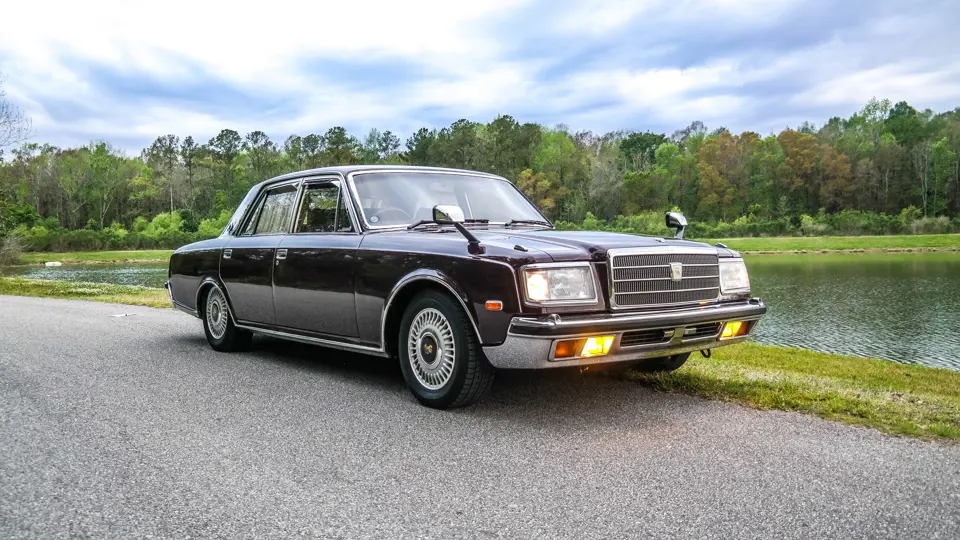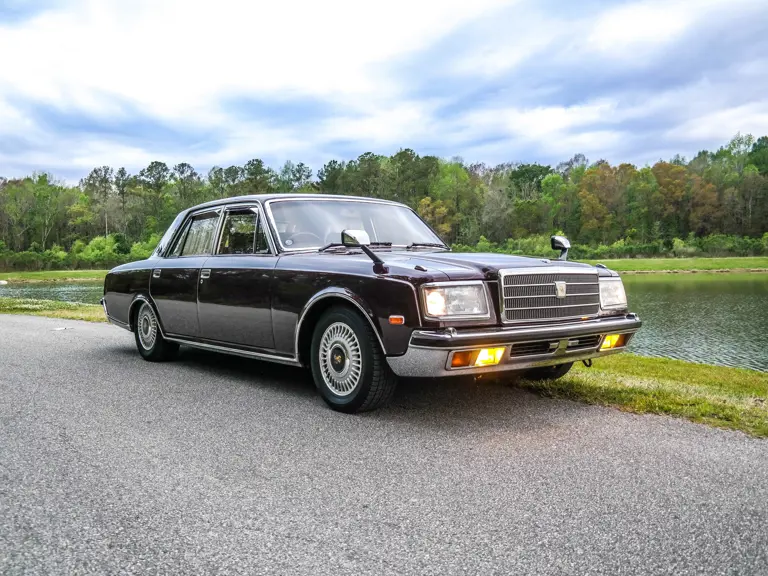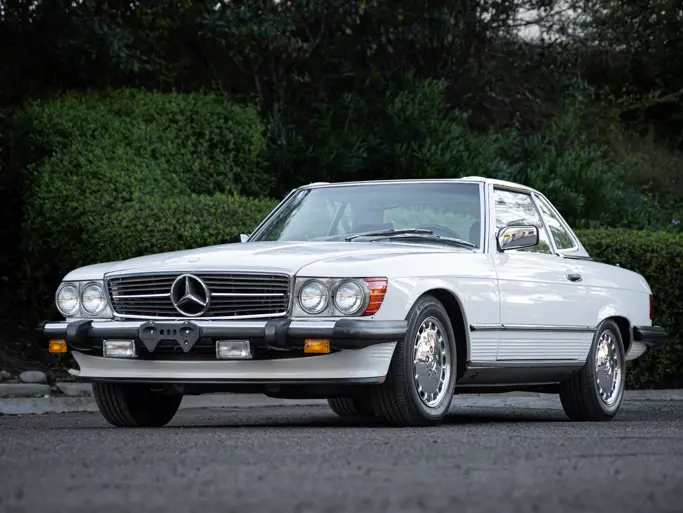 | Fort Lauderdale, Florida
| Fort Lauderdale, Florida

1990 Toyota Century
{{lr.item.text}}
$27,500 USD | Sold
{{bidding.lot.reserveStatusFormatted}}
- 4.0-liter V-8 engine
- Automatic transmission
- Original condition
- Japanese verified as actual mileage, but U.S. title exempt
- Recent win as Best Import at Amelia Island in first show
- Vintage Mercedes-type hand-built quality
- Very rare in United States
- Luxurious with many appointments
- Rear cabin area curtains
- Wool cloth upholstery
- Built to elegantly serve Old World Japanese luxury tastes
This model is called the "Century" because it began production in 1967, exactly one hundred years after the birth of the founder of Toyota. It says Toyota on the badge, but it's not made by Toyota's factories. The Yokosuka plant which makes the Century is not the same as other Toyotas are built upon. The cars are largely hand-made at the plant in Yokosuka. The metal for the bodywork is polished before paint even goes onto it. They use substantially more mass of paint; it's comparable to vintage Mercedes-Benz back when they were “made like tanks.” Kanto Auto Works built every Century to order, so it would be personally yours. The owner conveys; “At this price point, it's pretty uncommon to see that. If you want comparable production methods, you would have to go a few rungs up the ladder and compare it to a Rolls-Royce Phantom, Bentley Mulsanne, or Maybach 62 (no longer in production). Those cars are all above $300,000, so the Toyota Century, under half that price, possesses a certain amount of value. It is a traditionally craftsman-made car with no embellishment over its name and heritage, and for a fair price.”
The Toyota Century is usually ordered in exactly the way that preserves this modesty intact. It is typically equipped with lace curtains instead of tinted windows for the backseat passengers. The curtains provide privacy more thoroughly than tinted windows, and are believed to generate less attention. Leather usually means luxury to an American, but to a Japanese buyer the soft creak of the leather seating surface breaks the complete silence that might otherwise be enjoyed, and the smell of leather is not usually considered pleasant to Japanese tastes. The seats in a Century are consequently usually ordered in wool cloth. Colors are theoretically unlimited, because the factory will make any color the buyer requests, but in practice the buyer never intentionally defiles his or her Century with a gaudy paint job, and sticks to conservative black or gray on the outside, with royal blue, black, burgundy, or dark brown interior colors.
The target market for the Century, apart from its obvious appeal to the Royal Family and Japanese dignitaries because it’s inimitable Japanese-ness, it is tailored for hardworking executives who have worked for the greatest part of their lives towards honest prosperity. The literature surrounding the car states that "the Century is acquired through persistent work, the sort that is done in a plain but formal suit.”
What if you want a Japanese car that is thoroughly Japanese, something Japanese enough that the Emperor would be chauffeured in one? Something that is not the product of ruthless accounting, a global market philosophy, and California stylists? Something that is not a hybrid of cultures, but goes back to the days when a Japanese car was made for Japan's tastes and these alone? Something of this sort could skirt the precipice of boring appliance and turn into an interesting cultural study as well as a machine that is classy, elegant and understated. There is a second Toyota, not a globalist cash machine, but one that is interested in serving the enthusiasts of Old World luxury.
There are two Toyotas. The second of these continues to cater to the needs of Japan's traditional luxury car buyers. The owner enthuses: “This part of Toyota makes the only Toyota I would ever consider owning: the Century.”




